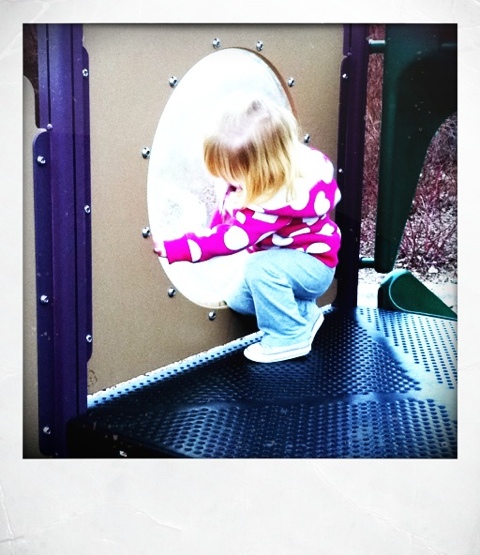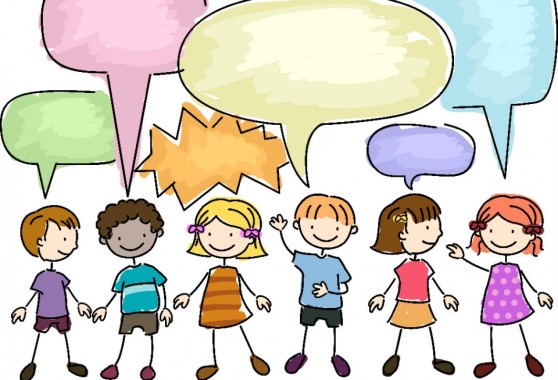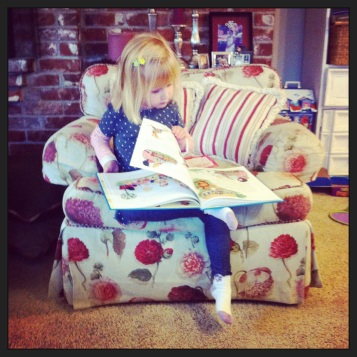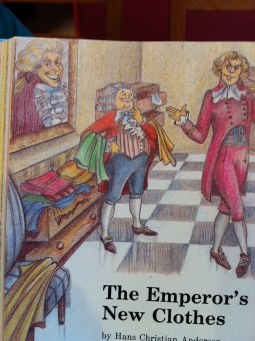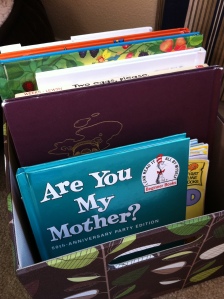I thought this was a great post floating around the internet last week. 100 different ways to be kind to your child. Check it out here: www.creativewithkids.com
Be Kind to Your Child
Tell to your child:
1. I love you.
2. love you no matter what.
3. I love you even when you are angry at me.
4. I love you even when I am angry with you.
5. I love you when you are far way. My love for you can reach you wherever you are.
6. If I could pick any 4 year old (5 year old, 6 year old…) in the whole wide world, I’d pick you.
7. I love you to the moon and then around the stars and back again.
8. Thank you.
9. I enjoyed playing with you today.
10. My favorite part of the day was when I was with you and we were _______.
Tell them:
11. The story of their birth or adoption.
12. About how you cuddled them when they were a baby.
13. The story of how you chose their name.
14. A story about yourself when you were their age.
15. A story about how their grandparents met.
16. What your favorite color is.
17. That sometimes you struggle too.
18. That when you’re holding hands and you give three squeezes, it’s a secret code that means, “I love you”.
19. What the plan is.
20. What you’re doing right now.
Play:
21. Freeze Tag
22. Uno
23. Crazy 8s
24. Gin Rummy
25. Memory
26. Go Fish
27. I Spy- especially when you’re tired of driving and feel snappish
28. Catch
Pretend:
29. To catch their kiss and put it on your cheek.
30. That their tickle tank is empty and you have to fill it.
31. That their high five is so powerful it nearly knocks you over.
32. That you are super ticklish.
33. That you are explorers in the amazing new world of your backyard.
34. That it’s party day! Decorate for no reason!
Try:
35. To get enough sleep.
36. To drink enough water.
37. To eat decent food.
38. Wearing earrings, or whatever makes you feel pretty.
39. Calling a friend the next time you feel like you are about to lose it with the kids.
40. Giving a gentle touch to show approval, rather than saying something.
41. Dancing in the kitchen.
42. To get your kids to bop to the music with you in the car.
43. Showing your kids that you can do a somersault or handstand or a cartwheel.
44. Keeping that sigh to yourself. Just jump in and help clean up cheerfully.
45. Using a kind voice, even if you have to fake it.
Read:
46. A book of silly poems.
47. A book and then act it out. (Like “I’m going on a Bear Hunt”)
48. Your favorite childhood book to them.
49. When the afternoon is starting to go astray.
50. Outside under a tree.
51. In the library kids corner.
52. The comic book they love that you’re not so hot on.
53. About age appropriate behavior so you can keep your expectations realistic.
Listen:
54. To your child in the car.
55. To that Lego description, and think how important it is to your child.
56. For that question that indicates your child really needs your input.
57. One second longer than you think you have patience for.
58. For the feelings behind your child’s words.
Ask:
59. Why do you think that happens?
60. What do you think would happen if______?
61. How shall we find out?
62. What are you thinking about?
63. What was your favorite part of the day?
64. What do you think this tastes like?
Show:
65. Your child how to do something instead of banning them from it.
66. How to whistle with a blade of grass.
67. How to shuffle cards- make a bridge if you can!
68. How to cut food.
69. How to fold laundry.
70. How to look up information when you don’t know the answer.
71. Affection to your spouse.
72. That taking care of yourself is important.
Take Time:
73. To watch construction sites.
74. To look at the birds.
75. To allow your child to help you dump ingredients in the bowl.
76. To walk places together.
77. To dig in the dirt together.
78. To do a task at your child’s pace.
79. To just sit with you child while they play.
Trust:
80. That your child is capable.
81. That you are the right parent for your child.
82. That you are enough.
83. That you can do what is right for your family.
Delight your child:
84. Clean your child’s room as a surprise.
85. Put chocolate chips in the pancakes.
86. Put a love note in their lunch.
87. Make their snack into a smile face shape.
88. Make sounds effects while you help them do something.
89. Sit on the floor with them to play.
Let Go:
90. Of the guilt.
91. Of how you thought it was going to be.
92. Of your need to be right.
Give:
93. A look with Kind Eyes to your child.
94. A smile when your child walks into the room.
95. A kind touch back when your child touches you.
96. The chance to connect before you correct so that your child can actually hear your words.
97. Your child a chance to work out their frustrations before helping them.
98. A bath when the day feels long.
99. A hug.
100. You get to choose the next one! What is your favorite way to be kind to your child?
